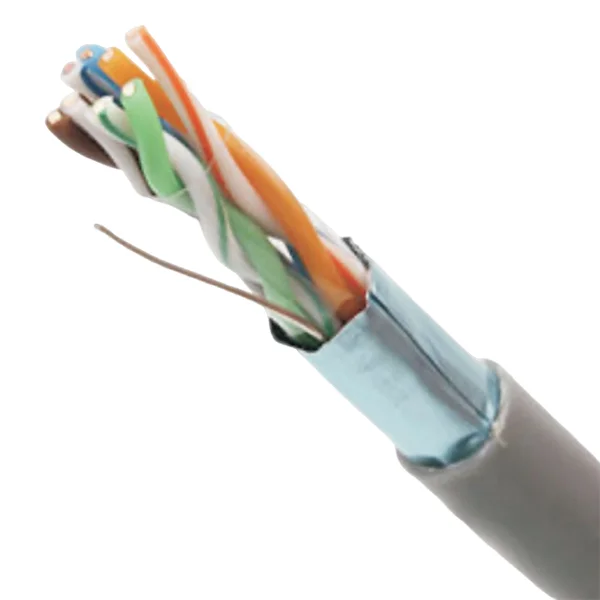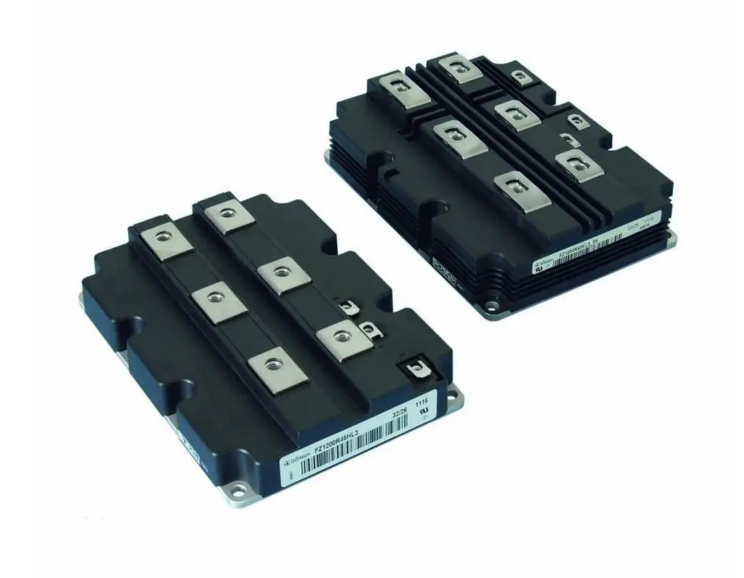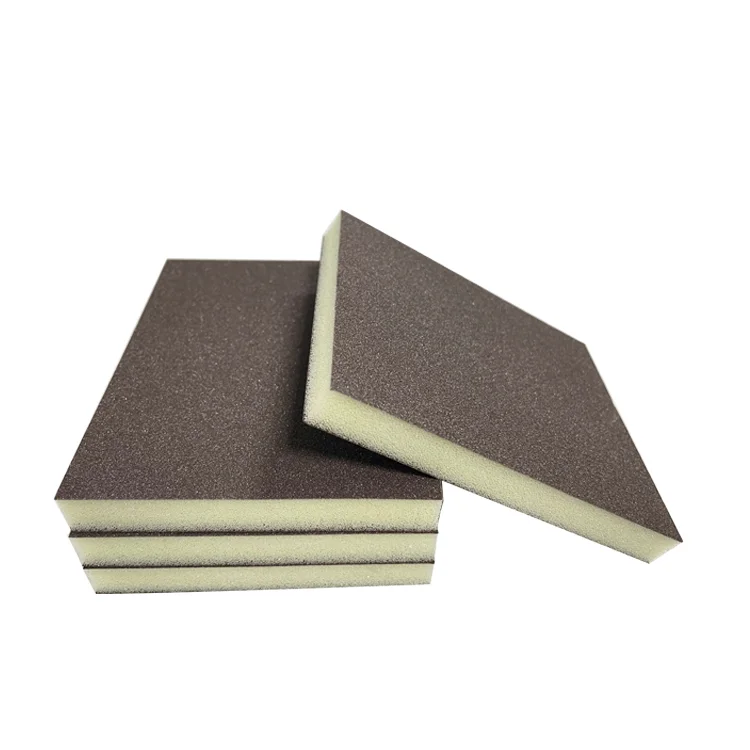When it comes to electronics assembly and repair, the tools you choose can significantly impact the quality of your work. Among the most essential tools in this domain are soldering irons and soldering stations. While they may seem similar at first glance, understanding the differences between these two tools is crucial for both hobbyists and professionals alike. This article delves into the nuances of soldering irons and soldering stations, helping you make an informed decision based on your specific needs.
- Definition and Basic Functionality
Soldering Iron: A soldering iron is a handheld tool that uses a heated metal tip to melt solder, allowing for the joining of electronic components. Typically, soldering irons are straightforward devices that provide a constant temperature, making them suitable for basic soldering tasks.
Soldering Station: In contrast, a soldering station is a more sophisticated setup that includes a soldering iron, a power supply, and often a temperature control unit. This combination allows for greater precision and versatility, making soldering stations ideal for intricate electronic work.
- Temperature Control
One of the most significant differences between a soldering iron and a soldering station is the ability to control temperature.
- Soldering Iron: Most basic soldering irons operate at a fixed temperature, which can lead to overheating or underheating the solder joint. This lack of control can result in poor solder joints, damaged components, or even burnt circuit boards.
- Soldering Station: Soldering stations typically feature adjustable temperature settings, allowing users to select the optimal temperature for different soldering tasks. This precision is particularly important when working with sensitive components that can be easily damaged by excessive heat.
- Heating Elements
The heating elements in soldering tools also differ significantly.
- Soldering Iron: Standard soldering irons often use a simple resistive heating element. While effective for basic tasks, these heating elements can take time to heat up and may not maintain a consistent temperature during prolonged use.
- Soldering Station: Soldering stations generally utilize advanced heating technology, such as ceramic or induction heating elements. These systems heat up quickly and maintain a stable temperature, which is essential for professional-grade soldering tasks.
- Ergonomics and Usability
Ergonomics is another critical factor to consider when choosing between a soldering iron and a soldering station.
- Soldering Iron: Basic soldering irons can be cumbersome, especially during extended use. Their design often lacks features that enhance comfort, such as ergonomic grips or lightweight construction.
- Soldering Station: Soldering stations are designed with user comfort in mind. They often come with features like adjustable stands, comfortable grips, and even built-in fume extraction systems to improve the overall soldering experience.
- Additional Features
Soldering stations often come equipped with a variety of additional features that enhance their functionality.
- Digital Displays: Many soldering stations include digital displays that show the current temperature, making it easier to monitor and adjust settings as needed.
- Interchangeable Tips: Soldering stations typically offer a range of interchangeable tips, allowing users to select the best tip for their specific soldering task. This versatility is invaluable for complex projects that require different soldering techniques.
- Desoldering Tools: Some soldering stations come with integrated desoldering tools, making it easier to correct mistakes or remove components without damaging the circuit board.
- Cost Considerations
When it comes to cost, there is a notable difference between soldering irons and soldering stations.
- Soldering Iron: Basic soldering irons are generally more affordable, making them an attractive option for beginners or those who only need a tool for occasional use.
- Soldering Station: While soldering stations are typically more expensive, the investment is justified for professionals or serious hobbyists who require precision and reliability in their work.
Conclusion
In summary, while both soldering irons and soldering stations serve the same fundamental purpose, their differences are significant enough to warrant careful consideration. A soldering iron may suffice for simple tasks, but for intricate electronics work, a soldering station offers the precision, control, and comfort that can elevate your soldering skills to a professional level. By understanding these differences, you can choose the right tool for your needs, ensuring high-quality results in your electronics projects. Whether you are a hobbyist or a seasoned professional, investing in the right soldering equipment is essential for achieving optimal performance and results.



